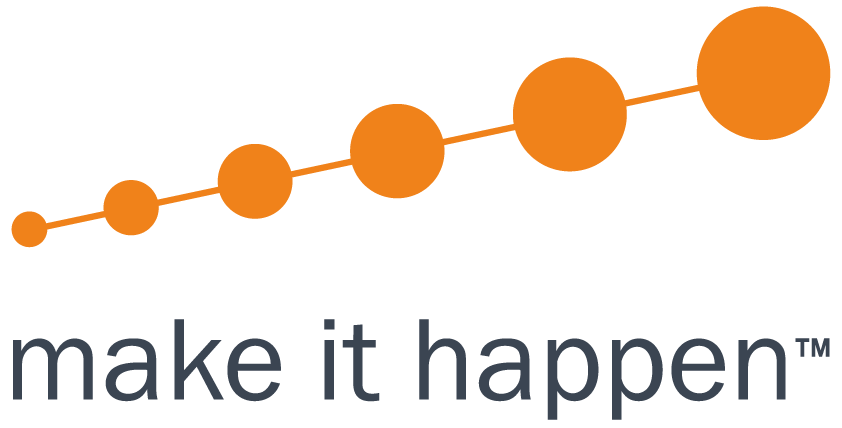In the face of changing landscapes–digital transformation and changing customer behaviours– the value of an original idea to support your sales, marketing or even strategic functions is very real and increasingly important.
As a digital and creative agency, we understand the real impact value-generating ideas can have on business. It’s what we do. For our friends in the B2B marketing and NFP world, collaborating with different areas of the business can often make things a little more complicated.
So, how exactly can you avoid those awkward silences we all despise and encourage creative ideas and conversation?
Tips to run a great Brainstorming Session for Marketing and Sales teams
1) Set the tone
Invite members of your teams and really set the tone for what is expected. Keep it light, warm, fun and inviting. If there are any key questions or themes that you would like participants to think about beforehand, include this in the body of the email together with the 3 key things you are hoping to achieve in the session. That will set a clear intention, and help participants know what to expect ahead of time.
2) Find a creative space
Try and find a space that differs from the usual office setting. A change in environment will encourage a shift away from ‘same old, same old’ thinking. While you want ideas that support the essence of your organisation, you don’t want the office environment to promote rigidity. Move away from current thinking and processes – the key is to explore!
If you’re conducting the session online, encourage people to take their laptops outside or to a place other than their usual workspace.
3) Encourage wild ideas
Fear can really hold participants back from making suggestions. Frame the session with an all-ideas-are-welcome approach, nothing is too far fetched. No right or wrong answer. You would be surprised at what can come off the back of a seemingly ridiculous and ‘far out’ concept.
One of the ways you can facilitate inclusion (to ease the wallflowers into conversation) is to start with a contribution of anonymous ideas – like an ideas box or unnamed post-it suggestions. This is a handy way to separate the idea from the person who has thought of it – something more introverted team members might appreciate, especially at the beginning.
4) No hierarchy
A brainstorming session is a place of equals. If you feel that having the presence of a senior member might stifle the conversation, consider whether they are needed for the entirety of the session. Perhaps they can join the conversation at a later time, once the key ideas are already on the table.
5) There’s no ‘no’. Build on other people’s ideas
This is where the ‘yes, and…’ approach made popular by improvisational comedy comes in handy. The idea to encourage each person to build on the idea of the person before him/herself. Instead of saying ‘no’ or ‘but’, which often stops ideas in their tracks before they get a chance to fully develop, each person has to say ‘yes’ to the previous person’s suggestion and take it further with an ‘and’.
6) Get the juices flowing with an activity
Try to start with something that encourages creative flow, something non-business related. Something like: '10 things Trump would never say’, '10 reasons why you deserve a holiday’, or ‘What we’d do with a million dollars?’
7) Use creative tools
Create an environment that eases the flow of energy. Playing music during reflection time and using colourful paper, pens and other craft materials to encourage creativity. Encourage people to get up and walk around, talk to themselves, and sit down on the floor if they like!
There are many tools available for virtual meetings too. Look into tools like JamBoards and Miro Boards, or any type of sketchpad or brainstorming software.
8) Room setup
Open spaces encourage connection, flow and conversation. You might like to include some alternative options such as cushions, beanbags and other breakout spaces. Natural light is great too if it’s an option. If the session is virtual, consider allowing people to turn off their cameras during quiet reflection time. Most video conferencing tools also have a breakout room capability to allow for small group work.
9) A mixture of owning ideas and anonymity
There will always be members of a group who are more introverted. They may have great ideas but are too afraid to speak up! Employing a variety of ways to get ideas out (including note cards, a whiteboard, using stickers to vote for ideas etc.) can really help. The key is to get the ideas out. You may find that more introverted people have an easier time speaking up in virtual conferences as they can click a ‘raise a hand’ button rather than trying to speak up over more extroverted participants.
10) Set a clear goal
It’s helpful to quantify the number of ideas you require to reach your goal. Do you need 10 – 50 new ideas? This can help with the allocation of time for each key question.
Happy idea harvesting! Everyone is creative. And while some people have easier access to their creative faculties, you will be surprised at what your team can come up with when given the right environment, facilitation and tools.
Want some help bringing your brand, campaign and digital ideas to life? Talk to us today.

